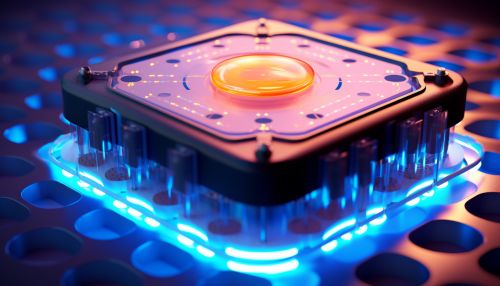The Role of Microbial Fuel Cells in Energy Production
Introduction
Microbial fuel cells (MFCs) are bio-electrochemical systems that harness the power of respiring microbes to convert organic substrates directly into electrical energy. This unique technology is gaining attention for its potential to produce sustainable energy for various applications in sectors such as wastewater treatment, bioremediation, desalination, biosensing, and biohydrogen gas production.


Microbial Fuel Cell: An Overview
A microbial fuel cell (MFC) is a device that uses bacteria as the catalysts to oxidize organic and inorganic matter and generate current. Much like a battery, MFCs consist of an anode (the negative electrode) and a cathode (the positive electrode) separated by a cation-specific membrane. In the anode compartment, bacteria oxidize the organic or inorganic matter, releasing electrons and protons. The electrons are transferred to the anode and then to the cathode through an external circuit, generating electricity. The protons pass through the membrane to the cathode, where they combine with electrons and oxygen to form water.
Microorganisms in MFCs
The microorganisms in MFCs, often referred to as exoelectrogenic bacteria, are capable of transferring electrons to an electrode under anaerobic conditions. These bacteria can be found in a variety of environments, including soil, wastewater, and the human body. Some examples of exoelectrogenic bacteria include species of Shewanella, Geobacter, and Rhodoferax. These bacteria play a crucial role in the performance of MFCs, as they directly influence the rate of substrate degradation and current generation.
Energy Production in MFCs
The energy production in MFCs is a two-step process. The first step is the oxidation of the substrate by the bacteria in the anode compartment. This process generates protons and electrons. The electrons are transferred to the anode and then to the cathode through an external circuit, generating electricity. The protons pass through the membrane to the cathode, where they combine with electrons and oxygen to form water. The amount of energy produced by an MFC depends on several factors, including the type and concentration of the substrate, the type of bacteria, the cell design, and the operating conditions.
Applications of MFCs
MFCs have a wide range of potential applications. They can be used for wastewater treatment, where they can simultaneously treat wastewater and generate electricity. They can also be used for bioremediation, where they can degrade pollutants in contaminated environments while producing electricity. Other potential applications include desalination, biosensing, and biohydrogen gas production. Despite these promising applications, there are still challenges to be overcome before MFCs can be widely adopted, including improving their power output and efficiency, and reducing their cost.
Conclusion
Microbial fuel cells represent a promising technology for sustainable energy production. They offer the potential to generate electricity from a wide range of organic substrates, using bacteria as the catalysts. Despite the challenges, ongoing research and development are paving the way for the wider adoption of this technology.
